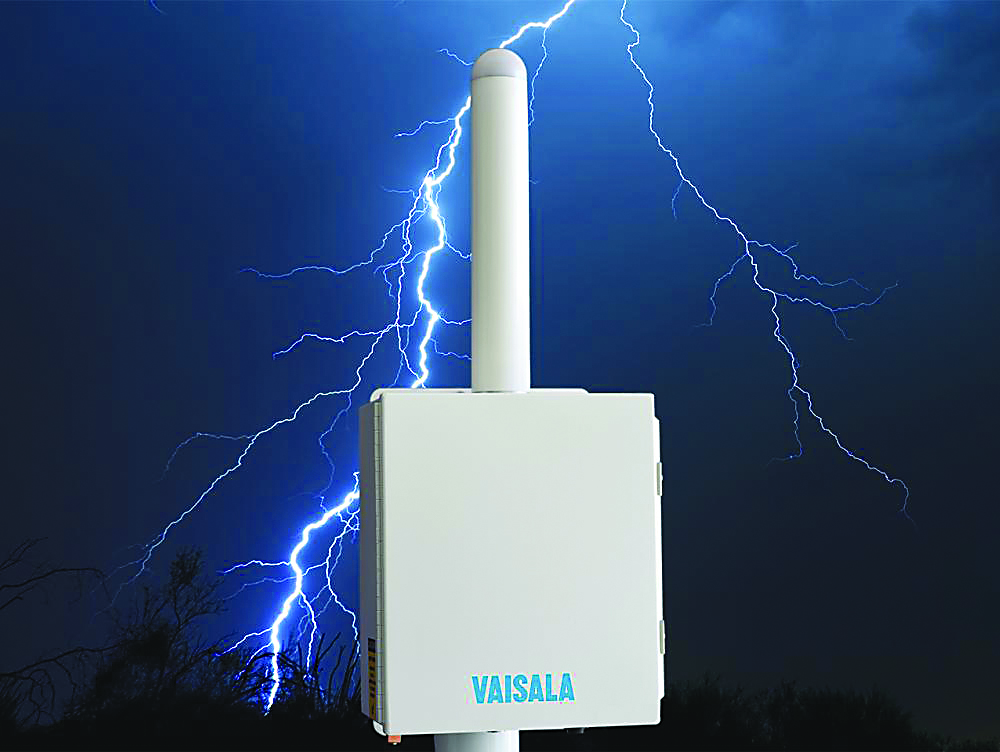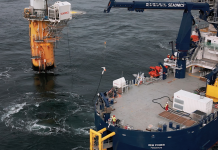Vaisala, the global leader in environmental and industrial measurement, including comprehensive lightning data, has developed the capability to distinguish cloud-to-ground lightning strokes that contain continuing current, the most damaging of lightning strokes. This first-of-its-kind technology offers precision in identifying these strokes, which can last up to 1,000 times as long as a typical lightning stroke and may be more likely to cause fire or other extreme heat-related damage.
“Our patent-pending technique is a game-changer in lightning detection,” said Brooke Pearson, Vaisala’s global solutions manager for lightning. “For the first time, industries where charge transfer from lightning is a threat, including electric utilities, oil and gas, wind farms, and land management organizations, can identify and target the small percentage of lightning strokes most likely to cause asset damage or start fires.”
Vaisala’s suite of premier lightning detection technologies detect both cloud and cloud-to-ground lightning. They include the National Lightning Detection Network (NLDN) in the U.S., which detects cloud-to-ground lightning strokes with a location accuracy of fewer than 150 meters, and the GLD360 global lightning network, which has the ability to detect lightning anywhere in the world.
By leveraging the new data now available from NOAA’s Geostationary Lightning Mapper, Vaisala is able to transform existing NLDN and GLD360 data to provide unprecedented insight to create this innovative capability.

While continuing current strokes account for just less than 10 percent of cloud-to-ground lightning strokes, the sheer number of storms with lightning makes even this small percentage significant. While thunderstorms vary widely in size and intensity, NOAA reports there are roughly 100,000 thunderstorms in the U.S. alone each year, and the NLDN records about 70 million cloud-to-ground lightning strokes in the U.S. annually. That averages approximately 50 continuing current strokes per storm and as many as 7 million per year.
“Whether it’s one, 50, or 100 continuing current strokes, managing the damage costs time, money, and resources to fix,” said Casey McCullar, head of Lightning Solutions Business for Vaisala. “Knowing precise location information for the most damaging strokes will allow investigation and repair personnel to focus on the areas with the highest likelihood of damage first, making the process much more efficient.”
“This innovation in lightning detection and reporting by Vaisala will enable electric utilities to know not only where lightning has occurred but also where damage to power systems has likely resulted,” said Theo Laughner, president of PowerGrid-RX Inc, an electric utilities consultancy. “This allows utilities to know if repairs are likely necessary before dispatching personnel, thereby reducing outage durations.”
More info www.vaisala.com



























